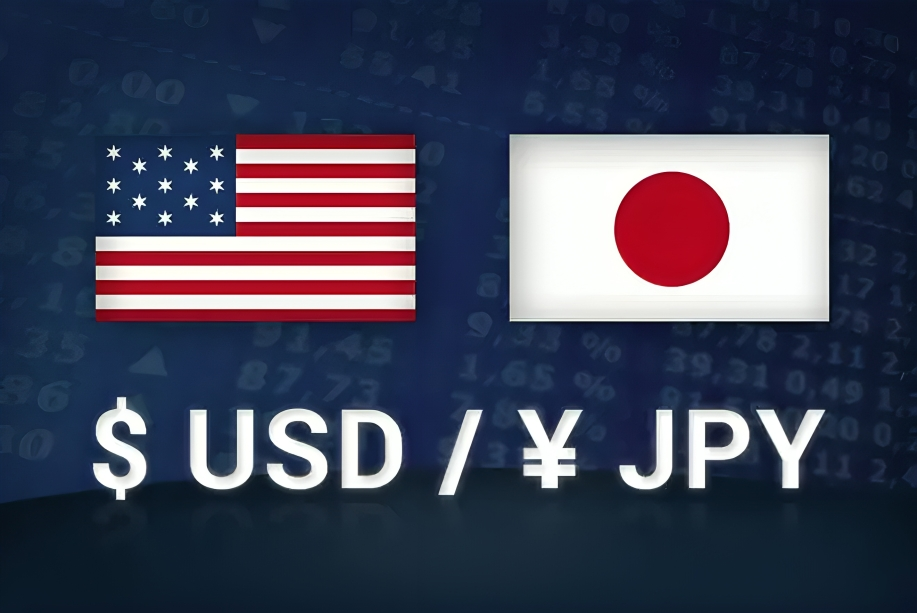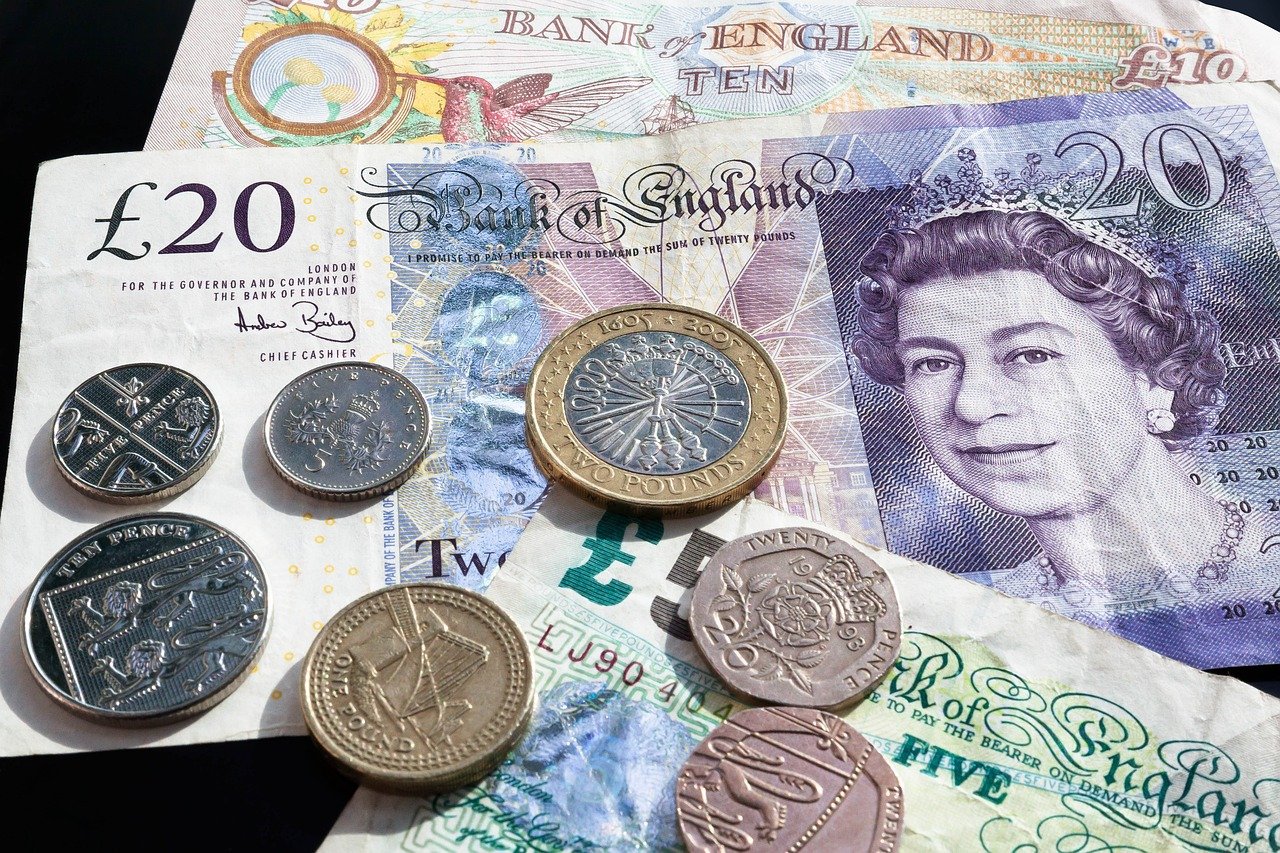USD/CAD sustains its levels at 1.4150 as market participants consider contradictory economic cues from the US and Canada. The US Dollar is under pressure in the face of higher-than-projected jobless claims and unpredictable Federal Reserve policy, whereas the Bank of Canada (BoC) is likely to slow down rate reductions owing to persistent inflation. Market mood was lifted by US President Donald Trump’s insinuations about trade talk improvements with China but may be anchored by Canadian lumber tariffs. Participants are anticipating more market direction in the release of the forthcoming US PMI figure, the Canadian Retail Sales, and the address of BoC Governor Tiff Macklem.
KEY LOOKOUTS
• Higher-than-anticipated jobless claims at 219,000 would have a dampening effect on the US Dollar, affecting USD/CAD moves amidst contrasting Federal Reserve policy cues.
• Soaring inflation in Canada would compell the BoC to postpone rate cuts, affecting the Canadian Dollar and pushing USD/CAD volatility.
• The US S&P Global PMI data due soon will give us a read on economic activity, influencing Fed policy expectations and affecting the USD/CAD pair.
• Fresh US tariffs on Canadian wood might weigh on the CAD, escalating economic uncertainty and further pressuring USD/CAD moves in the near term.
USD/CAD continues to be under the radar as market players await significant economic reports and policy moves from the US and Canada. Higher-than-projected US jobless claims have pressured the US Dollar, with mixed Federal Reserve signals compounding market uncertainty. In Canada, ongoing inflation could compel the Bank of Canada to hold off on rate cuts, offering potential support for the Canadian Dollar. Meanwhile, the publication of US PMI data will provide new information about economic activity and impact market sentiment. Furthermore, the effect of new US tariffs on Canadian lumber could put pressure on the CAD, introducing another element of volatility into the USD/CAD pair.
USD/CAD holds firm as investors weigh US jobless claims, Federal Reserve cues, and Bank of Canada policy forecasts. US PMI and Canadian Retail Sales will offer major market guidance. In the meantime, fresh US tariffs on Canadian lumber might push the CAD lower, boosting volatility.
• The currency pair holds firm against recent losses, with investors looking at economic data and policy news from the US and Canada.
• Weekly claims increased to 219,000, higher than the expected 215,000, putting pressure on the US Dollar with worries over labor market stability.
• Fed officials mention inflation threats and possible stagflation, keeping markets in doubt over future interest rate moves and how they will affect the USD.
• Higher Canadian inflation could encourage the BoC to hold off on rate cuts, potentially to support the Canadian Dollar versus the US Dollar.
• The S&P Global PMI reading will give insight into US economic activity and affect sentiment towards the USD.
• The announcement of additional tariffs on Canadian lumber by President Trump can pressure the CAD due to Canada being a significant exporter.
• Retail Sales data and BoC Governor Tiff Macklem’s speech are being followed closely by traders for additional policy cues that will affect USD/CAD action.
The USD/CAD currency pair is still in focus for traders due to economic signals from the US and Canada dictating market moods. The US has released the latest report on jobless claims, where higher-than-projected filings indicate possible changes in the labor environment. Discussions around inflation and money policy persist with Federal Reserve members citing worries regarding meeting the 2% inflation rate. On the Canadian side, inflation is still high, fueling speculation that the Bank of Canada will postpone its expected rate reductions. This move could have a profound impact on businesses and consumers, influencing economic expectations for the next few months.
USD/CAD Daily Price Chart

TradingView Prepared by ELLYANA
Also, global trade updates bring an added dimension of interest to the USD/CAD forecast. US President Donald Trump’s revelation of new tariffs on Canadian timber may impact Canada’s export economy, causing alarm about trade relations and economic stability. Meanwhile, market players are eagerly awaiting Canada’s Retail Sales report and Bank of Canada Governor Tiff Macklem’s speech to learn more about the country’s economic condition. These forces, coupled with more general economic trends, will continue to influence the economic narrative for both nations.
TECHNICAL ANALYSIS
USD/CAD continues to consolidate above the 1.4150 handle following previous declines, signifying a period of market indecision. The pair is met with near-term resistance at 1.4200, a breakout above which may portend additional upside momentum. On the negative side, the major support level is still 1.4120, and a breakdown below could lead to further decline. The 50-day moving average is also serving as dynamic support, and RSI is close to the neutral level, indicating neither overbought nor oversold levels. Traders will be closely monitoring price action for confirmation of the next move, particularly with the release of economic data soon.
FORECAST
If USD/CAD can break above the 1.4200 resistance level, then it may signal further upward movement. Strong US economic data, especially robust PMI readings, may support the US Dollar, pushing the pair upwards. If the Bank of Canada also gives a hint that it will proceed with caution regarding rate cuts given the ongoing inflation, the Canadian Dollar may dip, further fueling USD/CAD. Any fresh global uncertainty or risk-off mood could also propel the USD as a safe-haven currency, taking the pair to the next resistance level around 1.4250-1.4300.
On the bearish side, if USD/CAD is unable to hold above the support level of 1.4150, it may experience more selling pressure. Poorer US economic news, such as weak PMI numbers or higher jobless claims, could bear down on the US Dollar, causing the pair to fall. In addition, if the Bank of Canada becomes more hawkish or conveys optimism over Canada’s economic strength, the Canadian Dollar will likely get stronger, and USD/CAD will be headed for the next levels of support at 1.4120 and 1.4080. Any uptick in Canada’s Retail Sales will also drive CAD strength and heighten the probability of further bearish moves.







